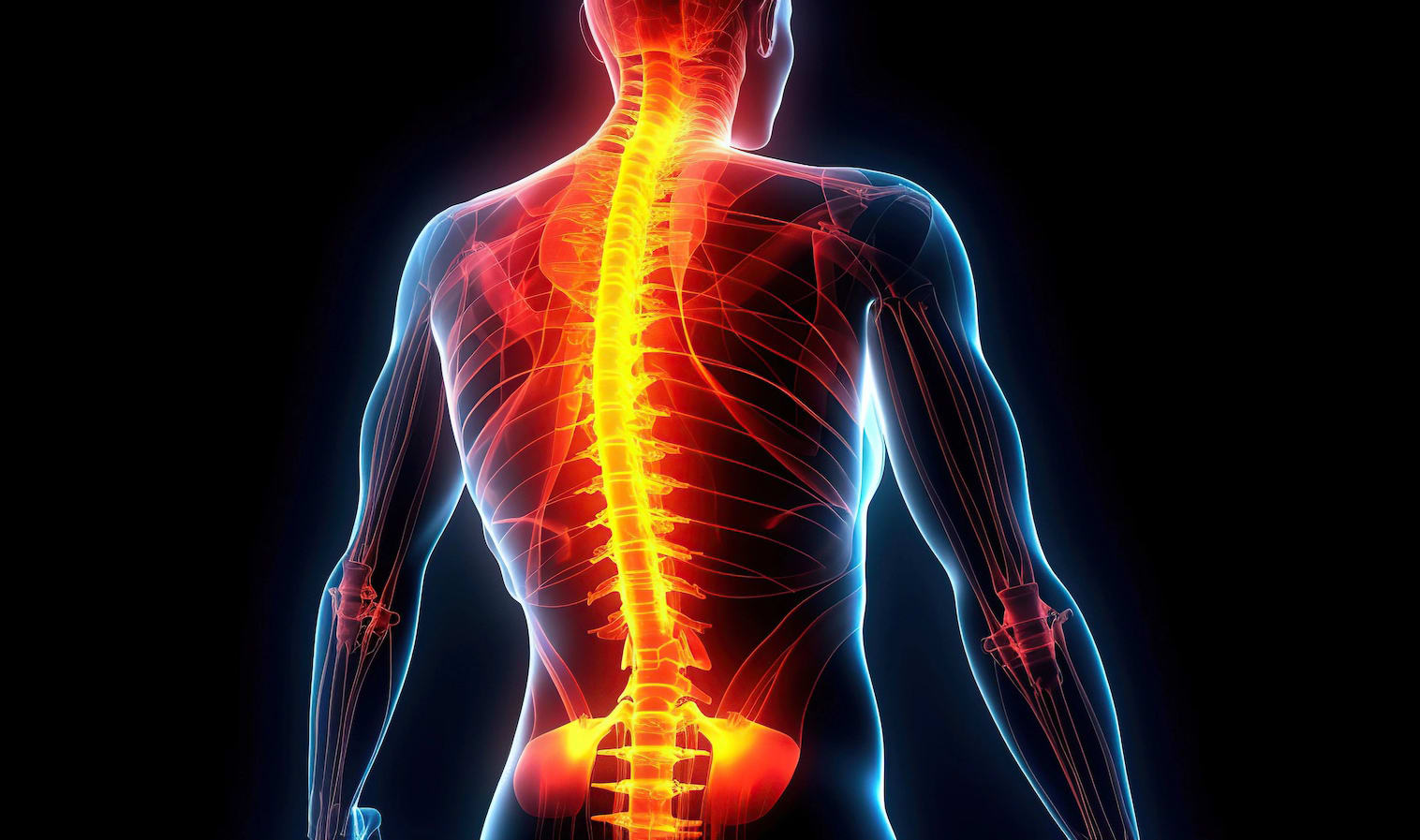
Extracellular microelectrode array (MEA) electrophysiology has become a widespread technique for the recording and stimulation of bioelectrical signals. It finds application in medical diagnostics and treatments such as epicortical origin localization of epileptic seizures, deep brain stimulation for alleviating the symptoms of Parkinson’s disease or brain-computer interfaces aiming at opening a door to the outside world for people caught in the locked-in syndrome.
To date, electrodes are made of metals or inorganic semiconductors, or hybrids thereof. There is a history of success for such metal-based electrodes in cardiac pacemakers and cochlear implants. However, this success is not shared by electrode probes in contact with the central or peripheral nervous system. The most researched problems are insufficient biocompatibility, which triggers an immune system response leading to device encapsulation or rejection, and lack of biostability resulting in degradation due to delamination of insulation layers and corrosion. However, the most problematic issue that has not been satisfactorily resolved to date is the large elasticity mismatch between the device and its surrounding tissue. Anyone ever having experienced a splinter in the thumb will remember how painful it is each time the splinter moves only the tiniest bit. The simple reason is: The splinter is rigid and edgy whereas the tissue of the thumb is not. Thus, despite the tremendous research investments into diverse neuroprosthetic technologies, neural probes still lack functional stability during chronic use due to the large discrepancy between their biomechanical and chemical properties and those of the tissue environment.
These limitations can be overcome by resorting to a) new materials and b) device fabrication strategies. The patented polymer microelectrode arrays (polyMEAs) embrace both aspects. Traditional metal- or semiconductors are completely substituted by highly flexible, biocompatible and inexpensive electroconductive polymers or polymer composites. These electrical conductors are filled into equally biocompatible and biostable electrically insulating bi-level microchannel polymer scaffolds of any desired stiffness to best match the softness of the tissue environment a polyMEA will be placed into. Scaffolds with thicknesses of several 10s to 100s of micrometers can be fabricated with conventional replica-forming technologies such as injection molding or thermoforming, which are commonly used for producing cheap disposable plasticware. Mold masters can be designed in a rapid-prototyping approach to realize any desirable electrode shape and layout on the fly. And once a mold master is available, any number of polyMEAs can be produced by anyone in a simple and straight-forward fashion without need of expensive infrastructure or expertise. The conceptual design furthermore provides a particular squeeze-clamping interconnection scheme to extracorporeal signal processing electronics based on rubber-like contact pads to make solderless contact to standard pin-connectors. This “soft contact” strategy alleviates stress-related material fatigue and functional failure characteristic for classically bonded connection pads in conventional brain implants.
The pathfinding and validated polyMEA concept addresses the long-standing demand for more biocompatible and tissue-conform neuroprosthetic implants. Similar to the shift from silicon to organic electronics in consumer devices, they may be regarded as a milestone for bringing all-polymer electronics to future neuroprosthetics and biomedical devices.
-
Awards
-
 2012 Top 100 Entries
2012 Top 100 Entries
Voting
-
ABOUT THE ENTRANT
- Name:Axel Blau
- Type of entry:individual
- Profession:
- Number of times previously entering contest:never
- Axel's favorite design and analysis tools:CorelDRAW, CleWin, Expert, Rhinoceros CAD, OptiCAD, Blender, FlexPro, NeuroExplorer
- Axel's hobbies and activities:Design, literature, philosophy, human rights
- Axel is inspired by:Nature. Great ideas and mistakes.
- Software used for this entry:CorelDRAW, CleWin, Expert
- Patent status:patented










